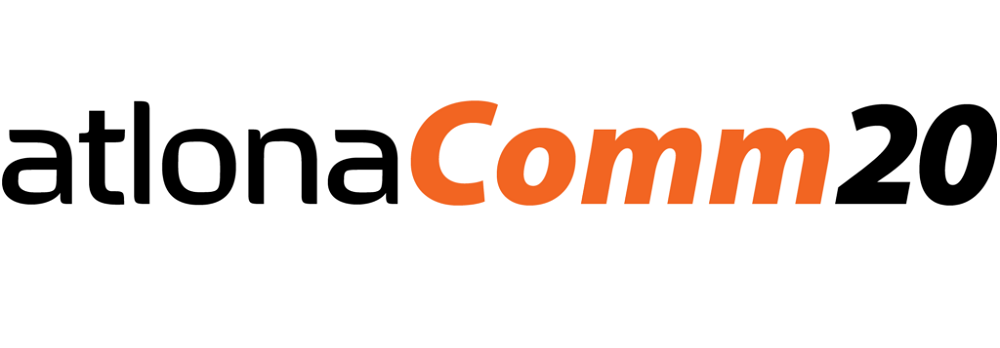None of us truly know yet what classrooms will look like when students and teachers get the thumbs-up from federal health officials to return to them—or when that approval will come. [related]
One thing that’s clear, though, is that those classrooms will have to look quite a bit different than they did when the students and teachers were quickly whisked from them this spring as the coronavirus swept across the U.S. and around the world.
Whether we see smaller classes of students or they continue to learn remotely in the fall, conferencing will be a more important piece of the education equation than anyone could have imagined before the pandemic—and the time to be preparing for what’s ahead is now.
“Classrooms are going to have to be set up for conferencing,” said Atlona sales engineer Paul Beals in an AtlonaComm 20 session that’s available on-demand through June 30. “You’re going to have to be prepared to have some segmentation.”
There are, of course, Atlona products that can outfit that remote learning ecosystem, but Beals’ overall point was students—whether six feet from the teacher or sitting in their living room in pajamas—need to be able to see the material and the instructor and the instructor needs to see the students too.
The Ideal Classroom Conferencing Setup
Educators will need to get audio and video that goes beyond the walls of their classrooms and should have a monitor on the podium where they’re presenting to the students that allows them to see what the students—both in the room and remotely—are seeing.
A USB camera will work well for teacher who prefer to stand behind a lectern or at least don’t move around as they’re presenting, says Beals, while a PTZ camera is probably a better fit for teachers who are a bit less static when giving lessons.
AV integrators must set up the classroom conferencing system in a way that remote students can hear the questions their peers who are spread across the classroom are asking, no matter how far away they are from where the teacher is standing, he says.
“You don’t want remote students to feel like they’re getting any less of an education,” says Beals. “That’s why two-way communication is so important.”
Eliminating the echo that many listeners have likely heard during their videoconferencing experiences is paramount, he says, so everyone can hear everything that everyone is saying in the same way and at the same time.
“It should be as easy as if we were across the table from each other,” says Beals. “The best teaching has always been done face-to-face. We need to make the experience just as rich for the person who’s distant.”
Here’s the full AtlonaComm 2020 Tech Talk “Conferencing for Classrooms”:










